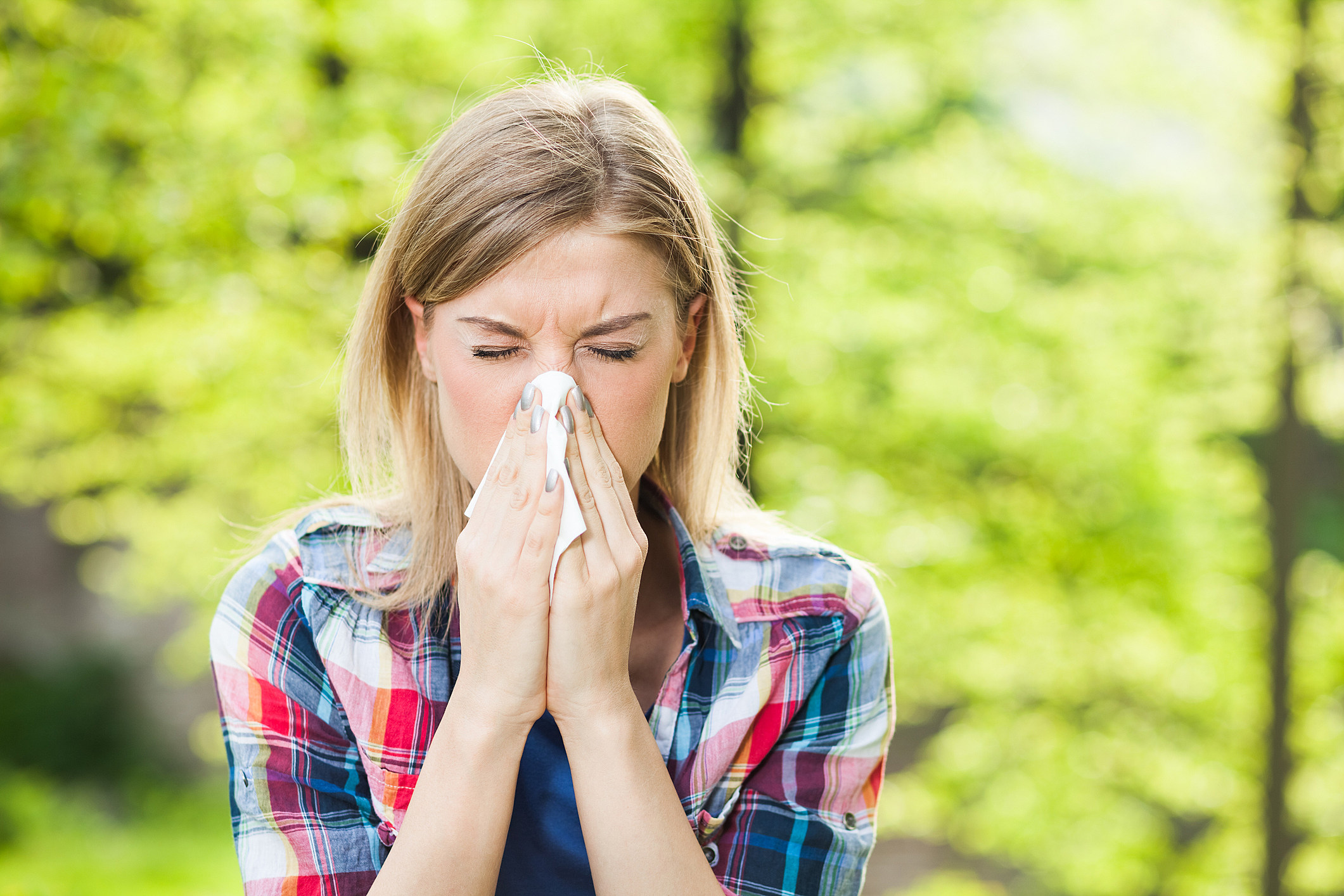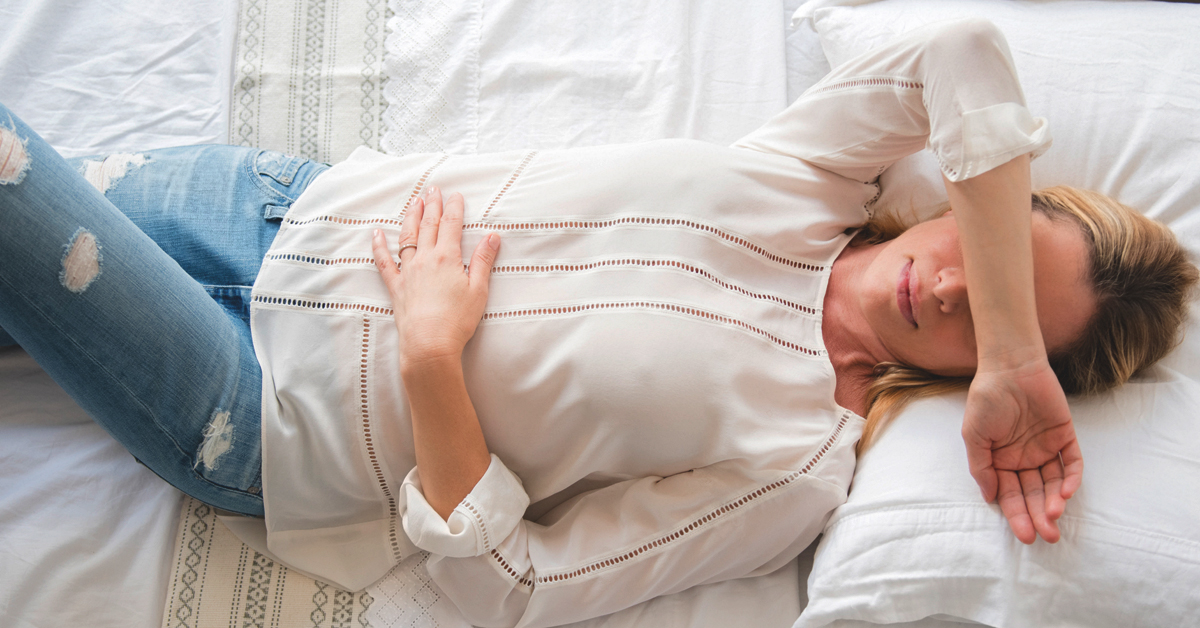What is a pollen allergy?
Pollen is one of the most common causes of allergies in the United States.
Pollen is a very fine powder produced by trees, flowers, grasses, and weeds to fertilize other plants of the same species. Many people have an adverse immune response when they breathe in pollen.
The immune system normally defends the body against harmful invaders — such as viruses and bacteria — to ward off illnesses.
In people with pollen allergies, the immune system mistakenly identifies the harmless pollen as a dangerous intruder. It begins to produce chemicals to fight against the pollen.
This is known as an allergic reaction, and the specific type of pollen that causes it is known as an allergen. The reaction leads to numerous irritating symptoms, such as:
- sneezing
- stuffy nose
- watery eyes
Some people have pollen allergies year-round, while others only have them during certain times of the year. For example, people who are sensitive to birch pollen usually have increased symptoms during the spring when birch trees are in bloom.
Similarly, those with ragweed allergies are most affected during the late spring and early fall.
About 8 percent of adults in the United States experience hay fever, according to the American Academy of Allergy, Asthma, and Immunology (AAAAI).
About the same percentage of American children were diagnosed with hay fever in 2014, according to the National Health Interview Survey, conducted by the U.S. Department of Health and Human Services.
The allergy is unlikely to go away once it has developed. However, symptoms can be treated with medications and allergy shots.
Making certain lifestyle changes can also help relieve the symptoms associated with pollen allergies.
A pollen allergy may also be referred to as hay fever or allergic rhinitis.
What are the different types of pollen allergies?
There are hundreds of plant species that release pollen into the air and trigger allergic reactions.
Here are some of the more common culprits:
Birch pollen allergy
Birch pollen is one of the most common airborne allergens during the spring. As the trees bloom, they release tiny grains of pollen that are scattered by the wind.
A single birch tree can produce up to 5 million pollen grains, with many traveling distances of up to 100 yards from the parent tree.
Oak pollen allergy
Like birch trees, oak trees send pollen into the air during the spring.
While oak pollen is considered to be mildly allergenic compared to the pollen of other trees, it stays in the air for longer periods of time. This can cause severe allergic reactions in some people with pollen allergies.
Grass pollen allergy
Grass is the primary trigger of pollen allergies during the summer months.
It causes some of the most severe and difficult-to-treat symptoms. However, the AAAAI reports that allergy shots and allergy tablets can be highly effective in relieving symptoms of grass pollen allergies.
Ragweed pollen allergy
Ragweed plants are the main culprits of allergies among weed pollens. They’re the most active between the late spring and fall months.
Depending on the location, however, ragweed may begin spreading its pollen as early as the last week of July and continue into the middle of October. Its wind-driven pollen can travel hundreds of miles and survive through a mild winter.
What are the symptoms of a pollen allergy?
Pollen allergy symptoms most often include:
- nasal congestion
- sinus pressure, which may cause facial pain
- runny nose
- itchy, watery eyes
- scratchy throat
- cough
- swollen, bluish-colored skin beneath the eyes
- decreased sense of taste or smell
- increased asthmatic reactions
How is a pollen allergy diagnosed?
Your doctor can usually diagnose a pollen allergy. However, they may refer you to an allergist for allergy testing to confirm the diagnosis.
An allergist is someone who specializes in diagnosing and treating allergies.
The allergist will first ask you about your medical history and your symptoms, including when they started and how long they’ve persisted.
Make sure to tell them if the symptoms are always present or get better or worse at certain times of the year.
The allergist will then perform a skin prick test to determine the specific allergen that’s causing your symptoms.
During the procedure, the allergist will prick different areas of the skin and insert a small amount of various types of allergens.
If you’re allergic to any of the substances, you’ll develop redness, swelling, and itchiness at the site within 15 to 20 minutes. You might also see a raised, round area that looks like hives.
How is a pollen allergy treated?
As with other allergies, the best treatment is to avoid the allergen. However, pollen is very difficult to avoid.
You may be able to minimize your exposure to pollen by:
- staying indoors on dry, windy days
- having others take care of any gardening or yard work during peak seasons
- wearing a dust mask when pollen counts are high (check the internet or the weather section of the local newspaper)
- closing doors and windows when pollen counts are high
Medications
If you still experience symptoms despite taking these preventive measures, there are several over-the-counter (OTC) medications that may help:
- antihistamines, such as cetirizine (Zyrtec) or diphenhydramine (Benadryl)
- decongestants, such as pseudoephedrine (Sudafed) or oxymetazoline (Afrin nasal spray)
- medications that combine an antihistamine and a decongestant, such as Actifed (triprolidine and pseudoephedrine) and Claritin-D (loratadine and pseudoephedrine)
Allergy shots
Allergy shots may be recommended if medications aren’t enough to ease symptoms.
Allergy shots are a form of immunotherapy that involves a series of injections of the allergen. The amount of allergen in the shot gradually increases over time.
The shots modify your immune system’s response to the allergen, helping to reduce the severity of your allergic reactions. You may experience complete relief within one to three years after starting allergy shots.
Home remedies
A number of home remedies may also help relieve pollen allergy symptoms.
These include:
- using a squeeze bottle or neti pot to flush pollen from the nose
- trying herbs and extracts, such as PA-free butterbur or spirulina
- removing and washing any clothing that has been worn outside
- drying clothes in a dryer rather than outside on a clothing line
- using air conditioning in cars and homes
- investing in a portable high-efficiency particulate air (HEPA) filter or dehumidifier
- vacuuming regularly with a vacuum cleaner that has a HEPA filter
When to call the doctor
You should tell your doctor if your symptoms become more severe or if your medications are causing unwanted side effects.
Also, be sure to consult your doctor before trying any new supplements or herbs because some can interfere with the effectiveness of certain medications.
The takeaway
Pollen allergies can interrupt your everyday activities with sneezing, stuffy nose, and watery eyes. Lifestyle changes and medications can help reduce your symptoms.
Avoiding the trees, flowers, grasses, and weeds that trigger your allergies is a good first step.
You can do this by staying indoors when pollen levels are high, especially on windy days, or by wearing a dust mask to avoid breathing in the pollen.
Medications, both prescription and OTC, can also help reduce symptoms.
Your doctor may also recommend immunology (allergy shots).





